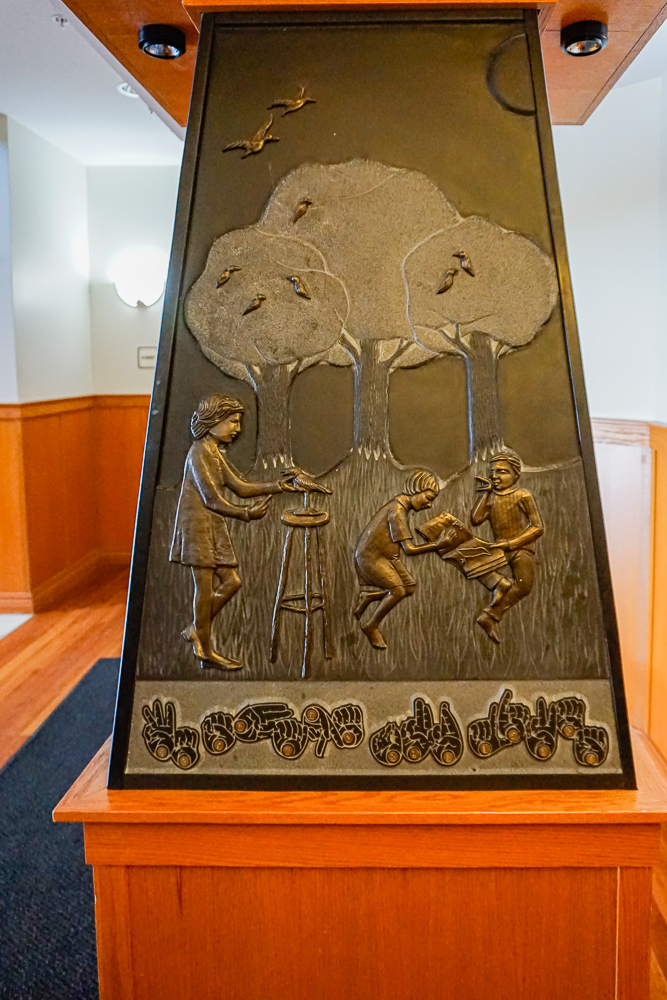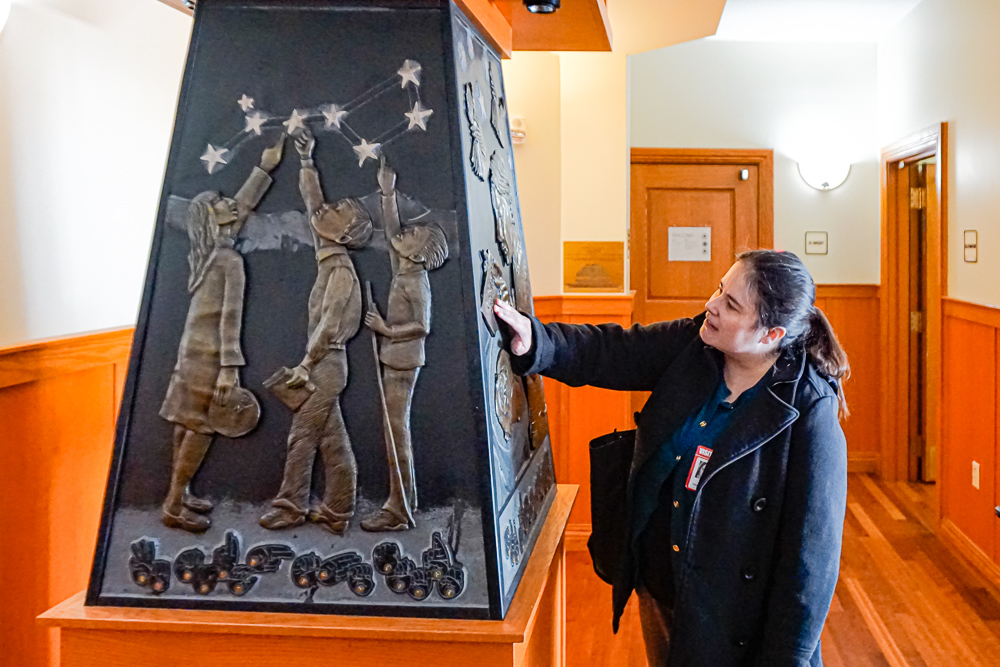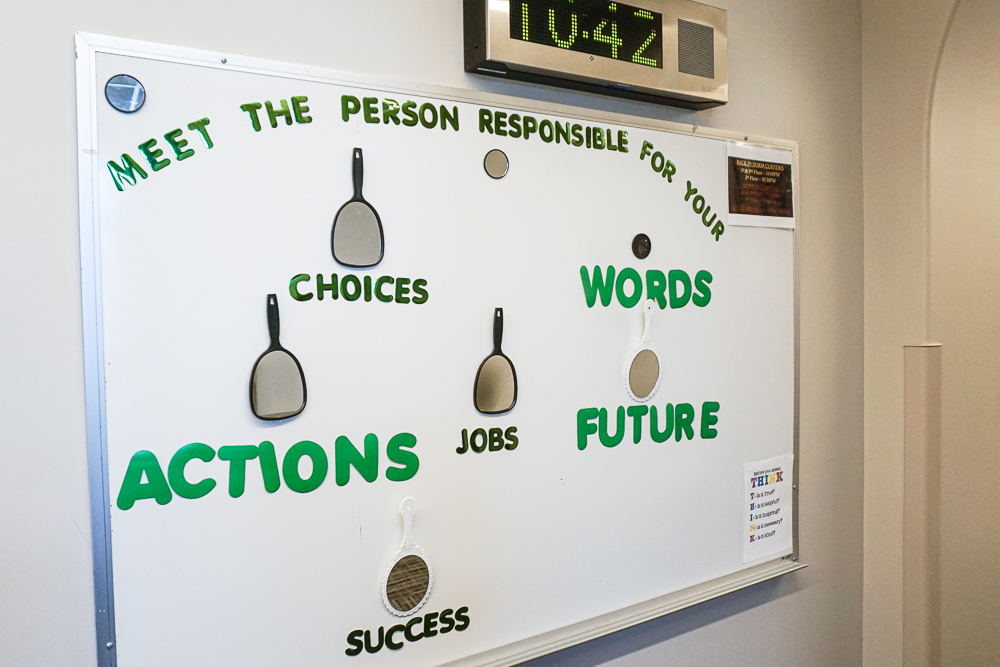On Valentine’s Day I visited the Colorado School for the Deaf and the Blind (CSDB) in Colorado Springs, CO. I was there to provide support for my State agency’s listening tour conducted by our State Personnel Director. I serve as an accessibility ambassador in my role of content administrator for many State websites, so I was pleased to be invited at the last minute. The school serves students from preschool to 21 years old.
The number one thing I learned by listening to school employees participating in the listening session is that the deaf and hard of hearing community is a culture unto itself. One woman spoke up to describe how hearing people think that deaf people are the same as hearing people except they just can’t hear. However, she explained, there is an entire deaf culture that we hearing people just don’t know about. And I agree. I don’t really know that culture at all. She mentioned to me that one thing web content producers should understand is that most people in the deaf community prefer an American Sign Language (ASL) translation over closed captions on videos. Oh, how many closed captions I’ve done over the years, and I’ve never known this!
The Campus Tour
Touring the campus, we saw dorm rooms for deaf and hard of hearing students equipped with visual doorbells. To knock on the door, you push the doorbell and it pulses the lights in the room on and off. We saw an outdoor running track designed for blind and visually impaired students that had a bright yellow handrail on both sides all the way around. And the tactile sculpture in the dorms was a big hit. Below, Kassi reaches out to touch the art work.


Insights
Another big takeaway for me as a content administrator is how much of the internet is still inaccessible. My agency’s third-party job application site and our internal cybersecurity awareness trainings are not accessible. The issue with this is that it means someone who needs accessible content can not act independently. They must then depend on someone else to help them do the application or take the training.
Just think, the minute you need to use a mouse to click on content because it’s the only way to move forward is the minute that content becomes inaccessible to someone who needs a keyboard-only interface, such people who are blind / visually impaired or people with a motor disability.
One last thing

This whiteboard message belongs everywhere, doesn’t it! And, let’s make the web accessible to help these young students achieve their success independently.

